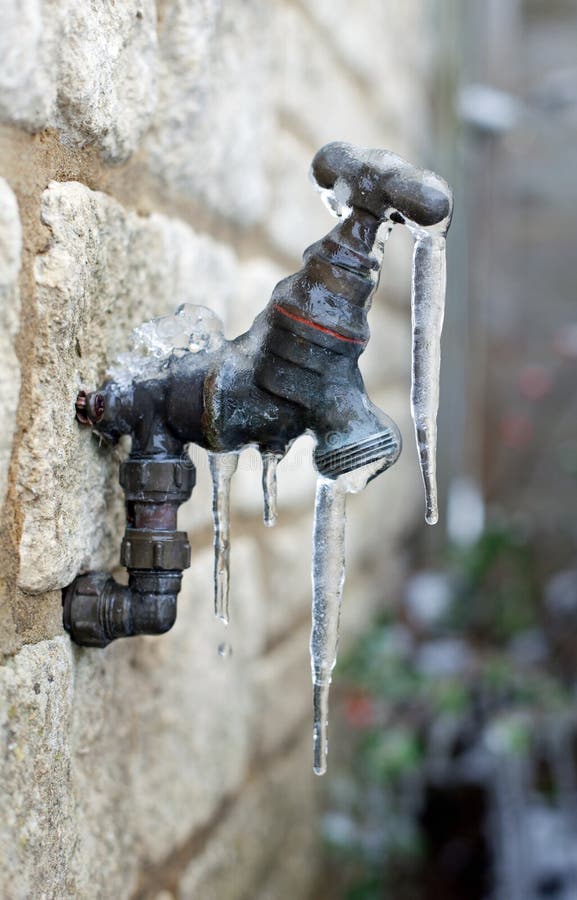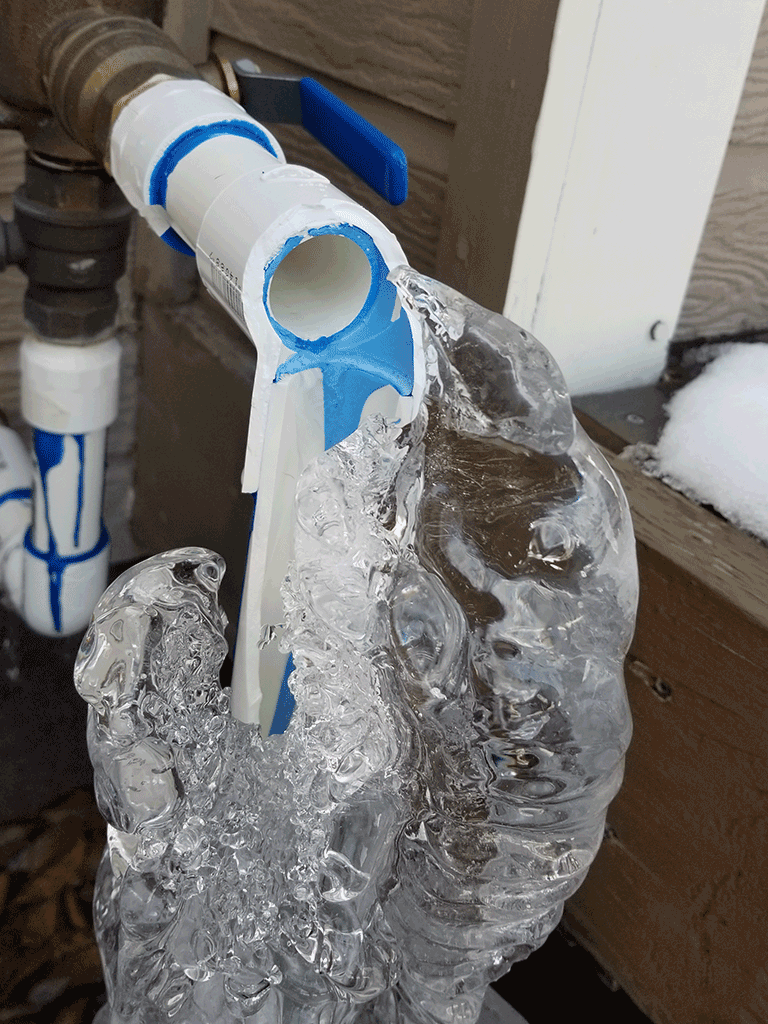Preventing Frozen Pipes in Cold Weather: Expert Strategies
Preventing Frozen Pipes in Cold Weather: Expert Strategies
Blog Article
We've encountered the article pertaining to 6 Ways to Prevent Frozen Pipes below on the internet and thought it made good sense to relate it with you over here.

Cold weather can ruin your plumbing, especially by freezing pipelines. Right here's just how to prevent it from occurring and what to do if it does.
Intro
As temperatures decrease, the danger of icy pipelines increases, potentially causing pricey repairs and water damage. Comprehending exactly how to stop icy pipelines is crucial for homeowners in cold climates.
Recognizing Frozen Pipes
What causes pipes to ice up?
Pipelines ice up when exposed to temperature levels below 32 ° F (0 ° C) for extended periods. As water inside the pipelines ices up, it increases, putting pressure on the pipeline walls and potentially creating them to burst.
Dangers and problems
Frozen pipelines can lead to water disruptions, home damages, and expensive repair work. Ruptured pipelines can flooding homes and create considerable structural damage.
Signs of Frozen Pipes
Identifying frozen pipes early can prevent them from breaking.
Just how to recognize icy pipelines
Search for lowered water flow from taps, unusual smells or sounds from pipelines, and visible frost on exposed pipes.
Avoidance Tips
Shielding prone pipes
Cover pipelines in insulation sleeves or utilize heat tape to shield them from freezing temperature levels. Focus on pipelines in unheated or outside areas of the home.
Home heating techniques
Maintain interior rooms appropriately heated up, especially locations with plumbing. Open up cabinet doors to enable cozy air to distribute around pipelines under sinks.
Safeguarding Exterior Plumbing
Garden tubes and outside taps
Detach and drain yard hoses before winter season. Install frost-proof spigots or cover exterior faucets with protected caps.
What to Do If Your Pipes Freeze
Immediate activities to take
If you think frozen pipelines, maintain faucets available to soothe stress as the ice thaws. Make use of a hairdryer or towels taken in warm water to thaw pipelines slowly.
Long-Term Solutions
Structural adjustments
Consider rerouting pipelines far from exterior walls or unheated locations. Include additional insulation to attics, cellars, and crawl spaces.
Upgrading insulation
Invest in high-quality insulation for pipelines, attics, and wall surfaces. Appropriate insulation aids keep constant temperatures and lowers the risk of icy pipes.
Final thought
Avoiding icy pipelines needs positive steps and quick reactions. By comprehending the causes, signs, and preventive measures, homeowners can protect their pipes throughout winter.
5 Ways to Prevent Frozen Pipes
Drain Outdoor Faucets and Disconnect Hoses
First, close the shut-off valve that controls the flow of water in the pipe to your outdoor faucet. Then, head outside to disconnect and drain your hose and open the outdoor faucet to allow the water to completely drain out of the line. Turn off the faucet when done. Finally, head back to the shut-off valve and drain the remaining water inside the pipe into a bucket or container. Additionally, if you have a home irrigation system, you should consider hiring an expert to clear the system of water each year.
Insulate Pipes
One of the best and most cost-effective methods for preventing frozen water pipes is to wrap your pipes with insulation. This is especially important for areas in your home that aren’t exposed to heat, such as an attic. We suggest using foam sleeves, which can typically be found at your local hardware store.
Keep Heat Running at 65
Your pipes are located inside your walls, and the temperature there is much colder than the rest of the house. To prevent your pipes from freezing, The Insurance Information Institute suggests that you keep your home heated to at least 65 degrees, even when traveling. You may want to invest in smart devices that can keep an eye on the temperature in your home while you’re away.
Leave Water Dripping
Moving water — even a small trickle — can prevent ice from forming inside your pipes. When freezing temps are imminent, start a drip of water from all faucets that serve exposed pipes. Leaving a few faucets running will also help relieve pressure inside the pipes and help prevent a rupture if the water inside freezes.
Open Cupboard Doors
Warm your kitchen and bathroom pipes by opening cupboards and vanities. You should also leave your interior doors ajar to help warm air circulate evenly throughout your home.

I have been very interested in How to Prevent Your Pipes From Freezing and I am hoping you enjoyed the entire blog post. Sharing is good. Helping people is fun. I truly appreciate your readership.
Visit Website Report this page